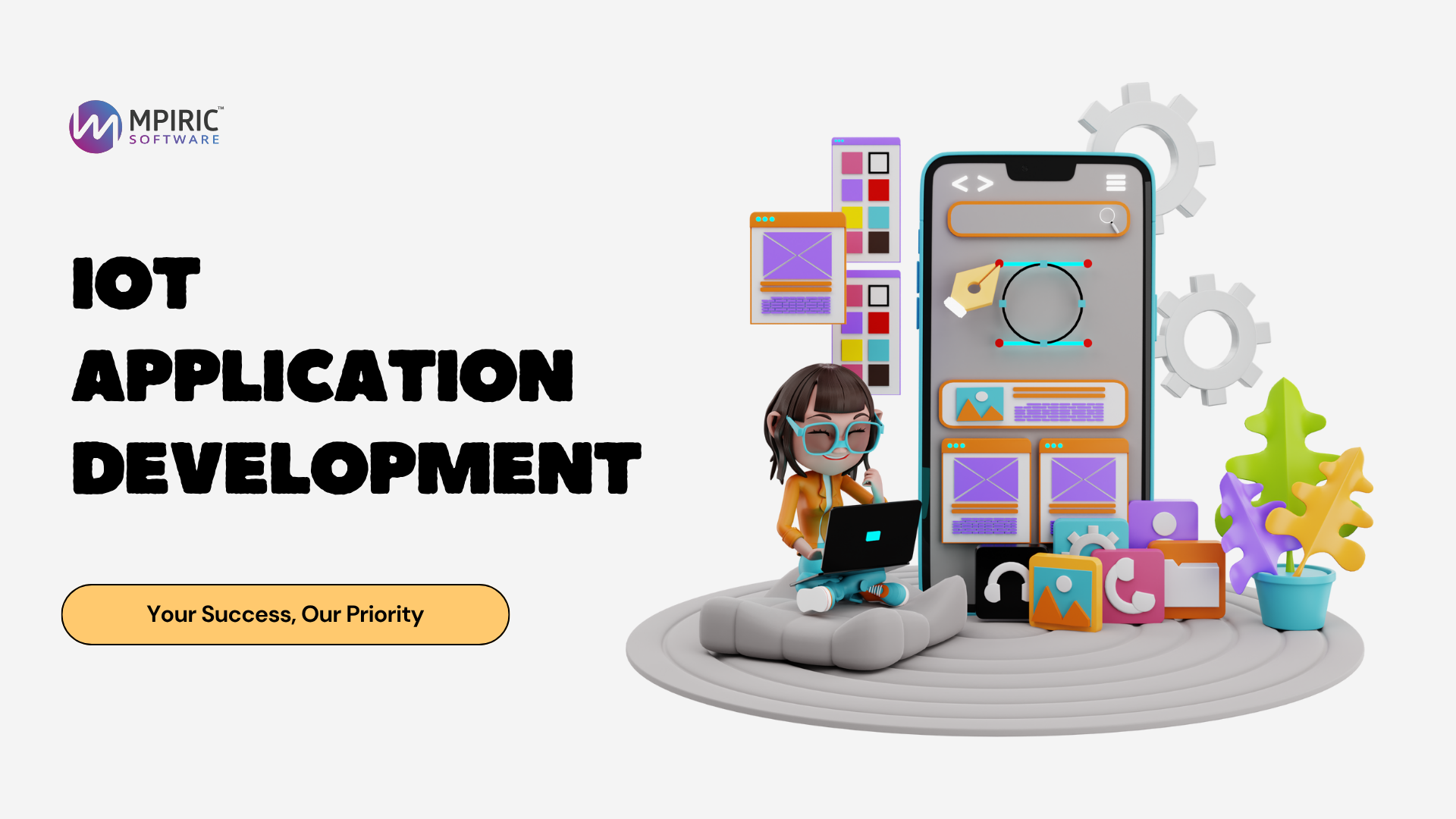Introduction
As companies in many different fields search for smarter ideas to increase efficiency and customer experiences, IoT technology is becoming more and more popular fast. Nonetheless, especially for startups and mid-sized businesses, the cost of IoT application development can be substantial. Fortunately, there are calculated ways to cut expenses without sacrificing the quality or usefulness of the IoT solutions. The most efficient approaches to control and reduce IoT application development’s costs are investigated in this paper.
IoT Application Development: Understanding
Describe IoT application development.
Developing IoT applications is designing tools that let objects connect, interact, and run across the internet. Often including sensors, cloud platforms, and data analytics, these applications control remote monitoring and real-time data exchange.
Why Control of Costs Matters
Good cost control guarantees that companies could apply IoT solutions without draining their resources. Reducing development expenses increases return on investment and enables businesses to more ecologically scale their IoT ecosystems.
Methodologies of Strategic Approach to Lower IoT Application Development Cost
Starting with an MVP (Minimum Viable Product),
Emphasize an MVP rather than creating a completely functional application right from beginning. By helping to launch a functional version with necessary features, this strategy lowers development time and expenses. Early user comments might direct next stages of development.
Make advantage of tools and Open-Source Platforms.
Licensing fees and development costs can be drastically lowered with open-source tools. Strong frameworks for prototyping and building IoT applications abound on platforms including Node-RED, Arduino, and Raspberry Pi.
Choose Cloud-Based Solutions instead
Data storage and analytics done using cloud services replaces the need for costly onsite infrastructure. Scalable solutions that change with use are provided by services from providers including AWS IoT Core, Microsoft Azure, and Google Cloud.
Standardize components and hardware.
Choosing easily available, standard hardware components can help to save expenses. Custom hardware avoidance helps to simplify maintenance and lower manufacturing costs.
Application Edge Computing
Data processing at the edge—next to the data source—helps to lower the demand for sending vast volumes of data to the clouds. Along with saving bandwidth costs, this method accelerates data processing.
Emphasize scalable building techniques.
Considering scalability in design guarantees that next developments and expansions will be less expensive. Adding features with modular design lets one avoid overhauling the current infrastructure.
Work along with seasoned IoT developers.
Hiring knowledgeable IoT Application Development experts guarantees that best practices are followed from the beginning, so lowering the possibility of costly rework down-stream.
Use Pre-Made IoT Platforms
Pre-built templates and services offered by sites including ThingWorx, Losant, and Blynk speed development and lower coding effort, so saving both time and money.
Refining Deployment and Testing
Automate Testing Techniques
Early detection of problems and quickening of the QA process are capabilities of automated testing tools. Pipelines for continuous integration or continuous deployment (CI/CD) guarantee quicker and more consistent updates.
Apply tools for simulation
Using tools like Cisco Packet Tracer or Proteus, replicate the surroundings and operations before rolling out actual devices. This method helps identify possible problems and lower field-testing expenses.
Safety Without Oversaw Spending
IoT application development depends on security, but it doesn’t have to be costly. Apply consistent firmware updates, safe APIs, and encryption policies. Open-source libraries abound in many reasonably priced security options.
Long-Term Maintenance and Cost Cutting
Predictive maintenance investments made with artificial intelligence and machine learning tools help to avoid costly downtime. Additionally helping to save long-term are routine monitoring and performance analytics.
Conclusion
Reducing costs in IoT application development calls for a combination of smart technology decisions, strategic planning, and effective development techniques. Businesses can produce excellent IoT applications without overspending by using MVPs, cloud services, open-source tools, scalable architectures. Companies can costeffectively reach their IoT targets with careful execution and continuous optimization while preserving security, scalability, and performance.
In the changing realm of IoT App Development, innovation and cost economy have to coexist. Organizations can future-proof their investments and speed digital transformation without breaking the budget by implementing the best strategies covered in this article.
FAQs
In what way might MVP help to lower IoT development expenses?
An MVP concentrates on fundamental elements, which lets companies validate ideas without having to make a complete solution investment. These lower starting expenses and, depending on user comments, directs more wise investments.
Exist any reasonably priced IoT application development tools?
Budget-wise, open-source tools including Node-RED, Arduino, and Raspberry Pi are quick prototyping and robust application development supportable.
Can cloud services truly save money?
Sure. Cloud platforms provide scalable pricing models and replace the need for physical infrastructure, so greatly lowering the cost of IoT application development.
Can one keep security on a constrained budget?
Absolutely. Implementing best practices, routinely updating firmware, and using opensource security libraries will help your IoT application remain low cost secure.


